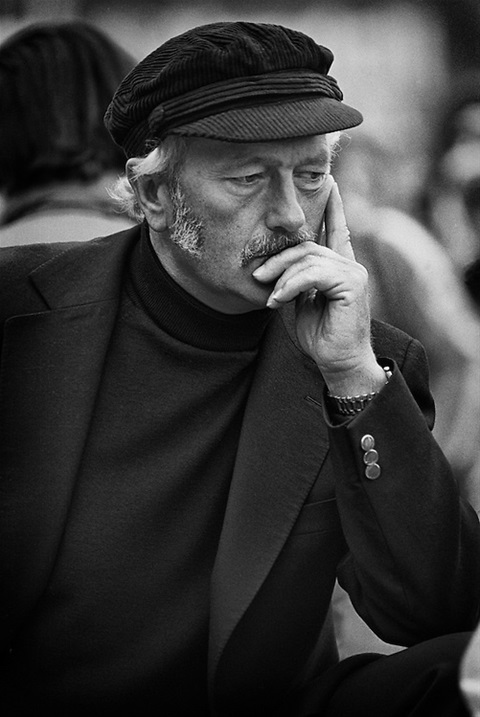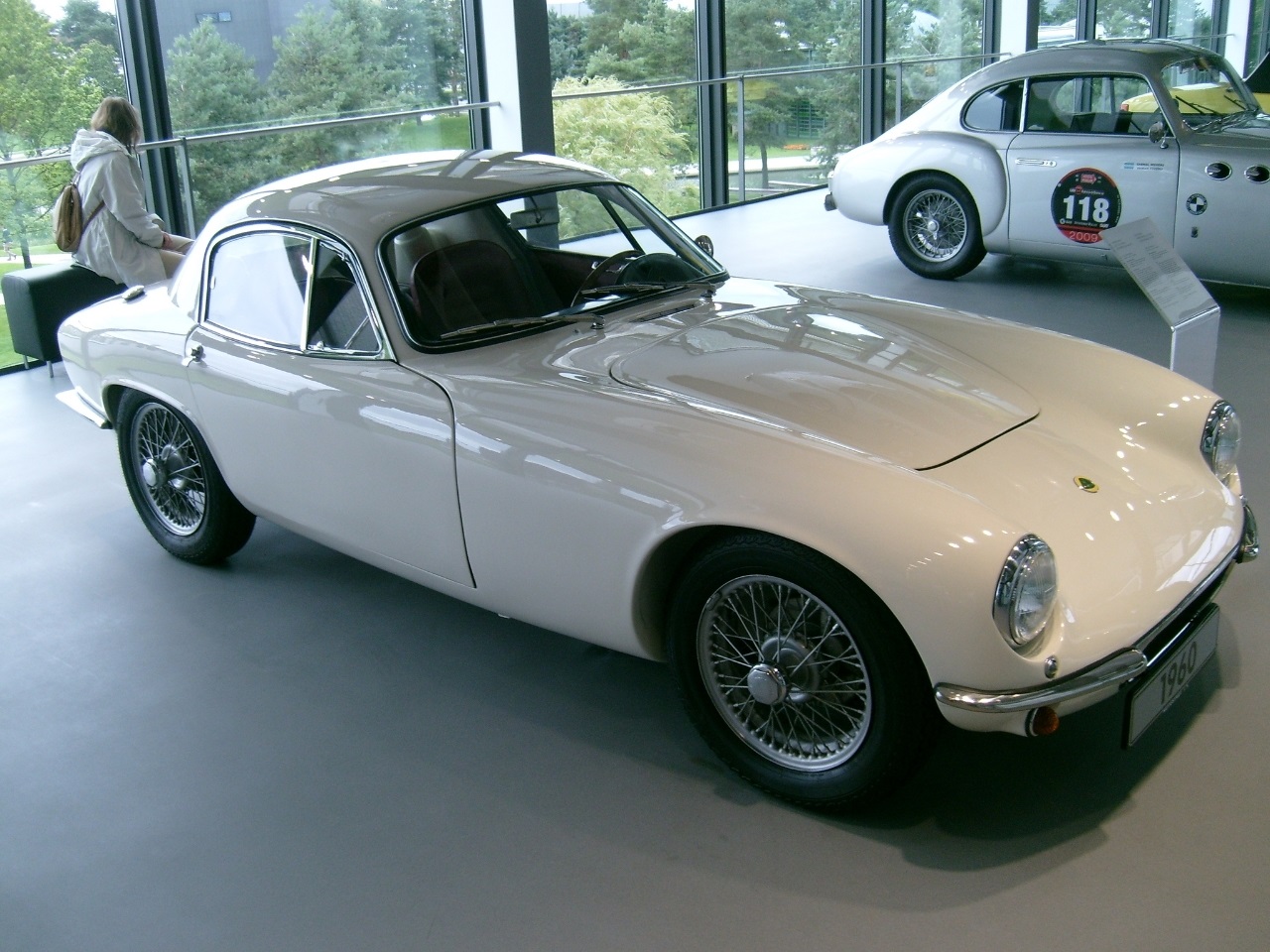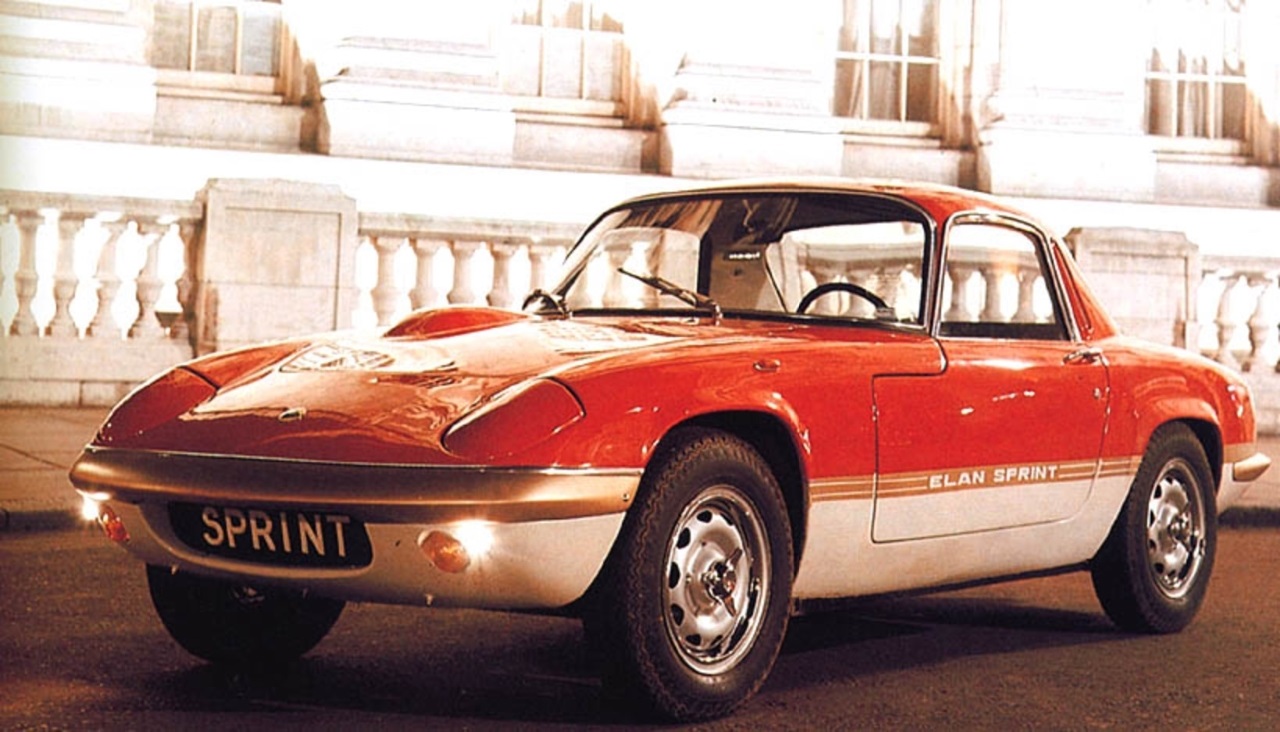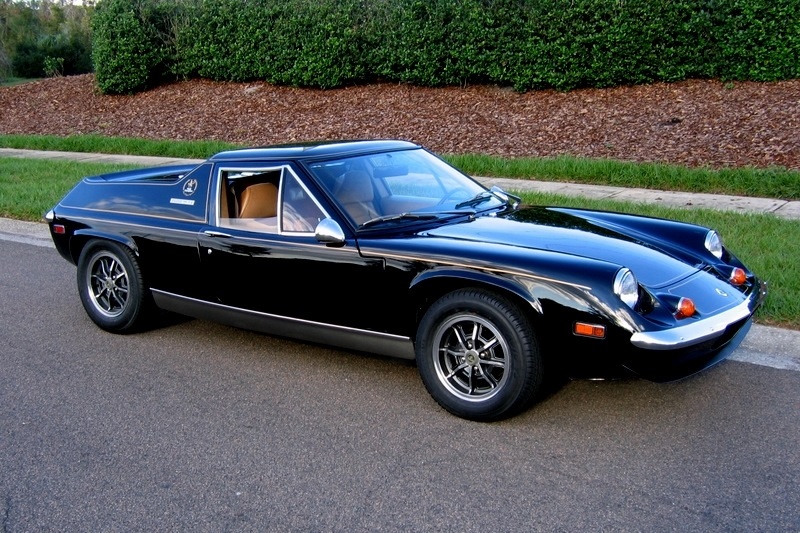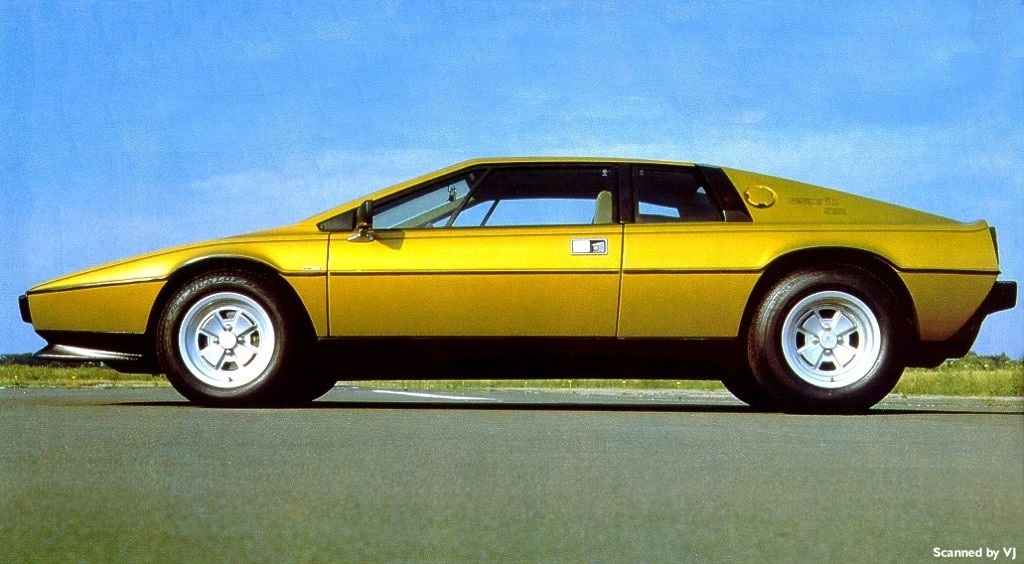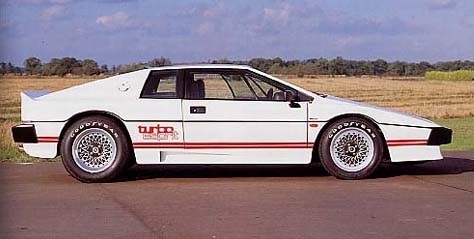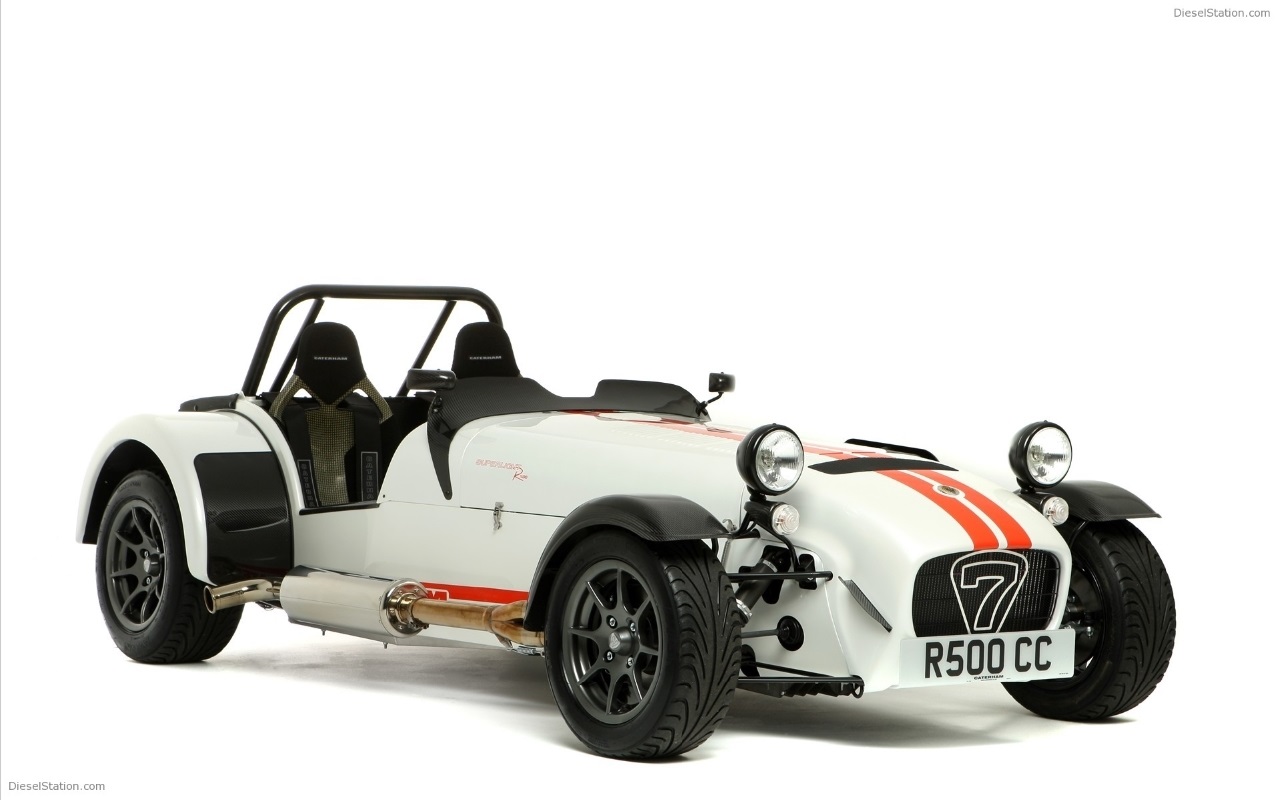Yes - Lotus Beat Ferrari to 50 Grand Prix Wins.
It should be remembered that Lotus is an Exclusive Champion Heritage Racing Marque.
Colin Chapman established Lotus Engineering Ltd in 1952. Lotus achieved rapid success with the 1953 Mk 6 and the 1954 Mk 8 sports cars. There were successes in Formula Two and Formula Junior.
A Lotus Formula One car driven by Stirling Moss won the marque's first Grand Prix at Monaco in 1960. Major success came in 1963 the Lotus 25, with Jim Clark driving, won Team Lotus their first F1 World Constructors Championship.
The road car business was also doing well with the Lotus Seven and the Lotus Elite. This was followed by the Lotus Elan in 1962. More racing success followed with the 26R. The racing version of the Elan.
Between 1962 and 1978 under the direction of founder and chief designer Colin Chapman, Lotus was responsible for many innovative and experimental developments in motorsport, both in technical and commercial arenas.
Many of Chapman's successes came from innovation. The Lotus 25 was the first monocoque chassis in F1. The 49 was the first car of note to use the engine as a stressed member. The Lotus 56 Indycar was powered by a gas turbine engine and was fitted with four-wheel drive. The Lotus 63 was the first mid-engined F1 car to race with four-wheel drive and in 1972 broke new ground in aerodynamics.
The original Lotus design mantra was: 'Start with Lightness add Simplicity and Remove Weight.'
Team Lotus constructed cars won a total of 79 Grand Prix races. During his lifetime Chapman saw Lotus beat Ferrari as the First Marque to achieve 50 Grand Prix Victories. [Beating Ferrari into Second to 50.]
Team Lotus achieved 50 Grand Prix victories despite having won their first victory nine years later than Ferrari's.
Even after Chapman's death, until the late 1980s, Team Lotus continued to be a major player in Formula One. Ayrton Senna drove for the team from 1985 to 1987, winning twice in each year and achieving 17 pole positions.
Team Lotus remained one of the most successful racing teams of all time, winning Seven Formula One Constructors titles. Six Drivers Championships and the Indianapolis 500 in the United States.
There is no catalogue of road going Mclaren’s from the 60’s 70’s
or 80’s.
Lotus cars remain to this day, critically overlooked and chronically undervalued.
https://www.youtube.com/watch?time_continue=1&v=8dYbYBP1ToU
The Elite [1957-1963] was light years ahead of its closest competitors when it came to design and construction, features that would make it one of the finest handling sports cars of its generation.
A fully load-bearing GRP monocoque body was mated to a simple Climax engine and all-round independent suspension. And while the Elite may not have been the fastest car around in a straight line, it could out-handle many more powerful machines. And that made it pretty special.
The Lotus Elan [1962-1975] Designed by Ron Hickman the Elan embodied Colin Chapman’s philosophy of minimum weight design philosophy. 689 Kilos.
Gordon Murray has stated that the Lotus Elan is the best handling car in his opinion. After designing the McLaren F1 Murray said his only regret about the McLaren F1 was that he was unable to give the F1 the purity of the Elan’s steering.
'Driving a Lotus Europa [1966-1975] is quite an experience. As period advertising admitted: "The Lotus inflames passions. Some love it, some hate it." Series 1 cars are considered to be the better handling, since they were constructed with a backbone chassis, which meant that the plastic body was bonded to it, adding rigidity.
Later cars may not be quite so sophisticated in design, but they were given much more powerful engines, so it’s a swings-and-roundabouts situation.'
The S1 [1976-1978] feels light, alive with agility and poise, and with a chassis that errs towards understeer but also reacts to steering, throttle and brake inputs to leave you fully in charge. The handling: The traction is almost beyond compare in a road car, even better than that of a Porsche, especially in the wet.
The Lotus 7 Design [1957-Present] Near-perfect weight distribution imbues the brilliant chassis with incredibly balanced manners. On modern rubber it grips up to unbelievable speeds but can be barrelled confi dently into corners because its reactions are so predictable and precise. Quite simply the Caterham is the closest thing to a full-on racing car you can use on the road.
There is no car like a 7. It is the most fun you can have on four wheels yet at the same time prove unbelievably simple and cheap to buy and run. There are so few downsides to owning one that it is hard to resist – Take the plunge and be in Seventh Sport Driving Heaven.
